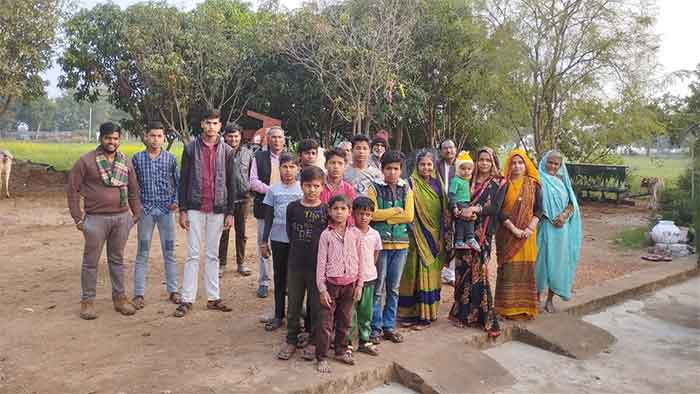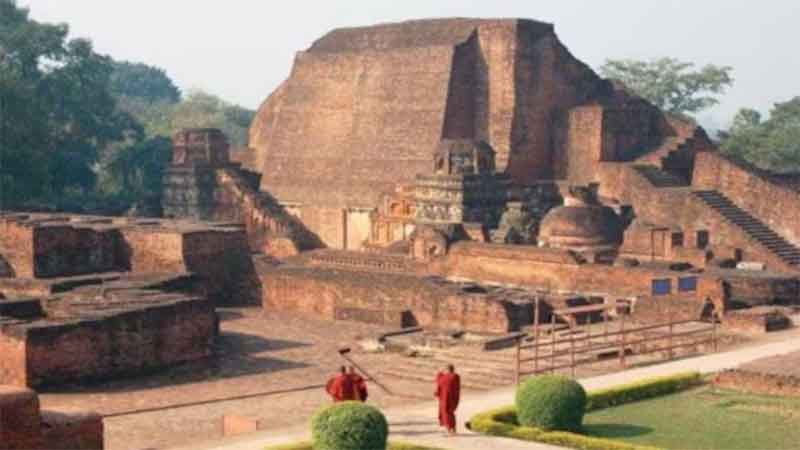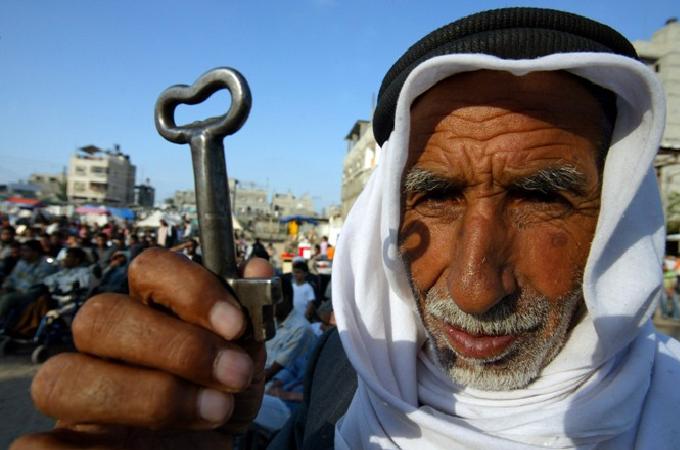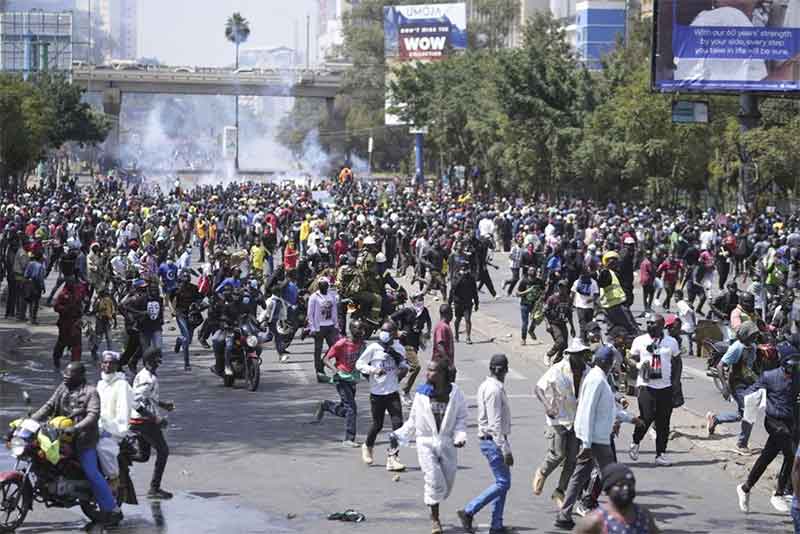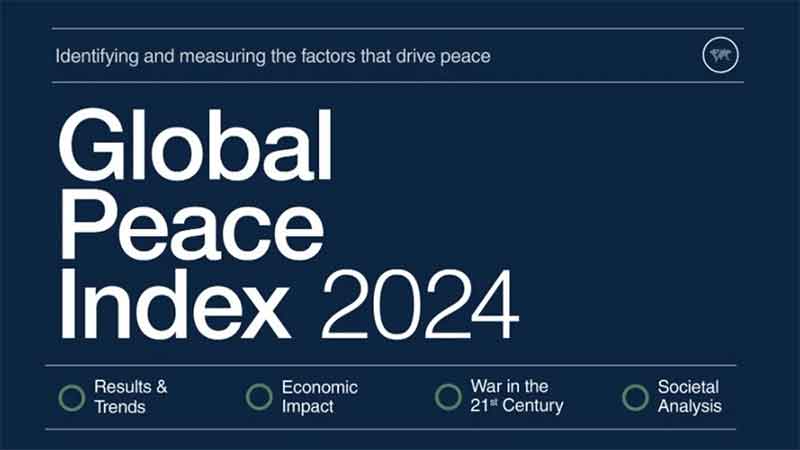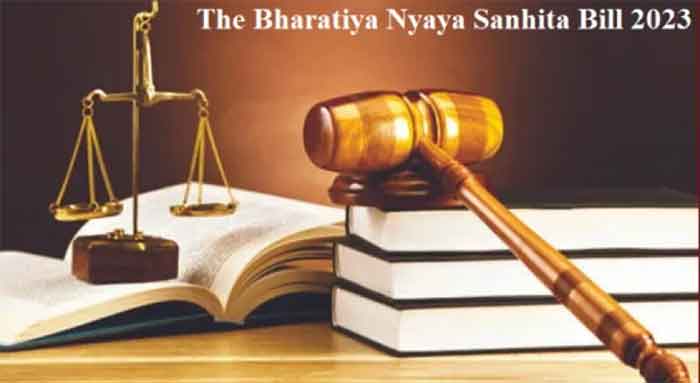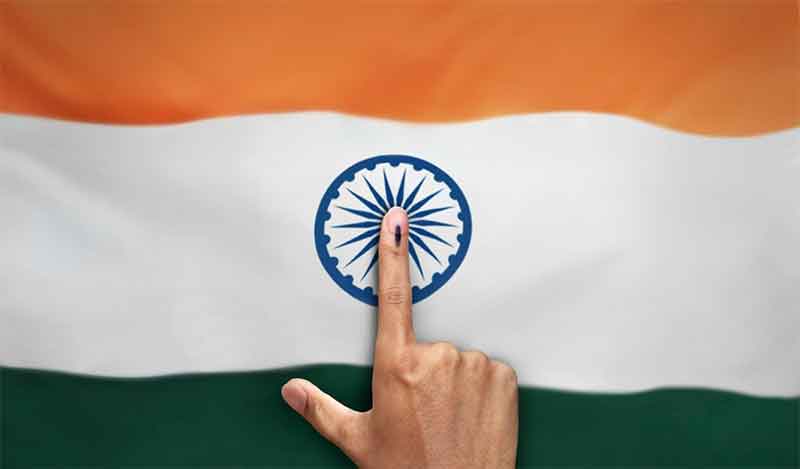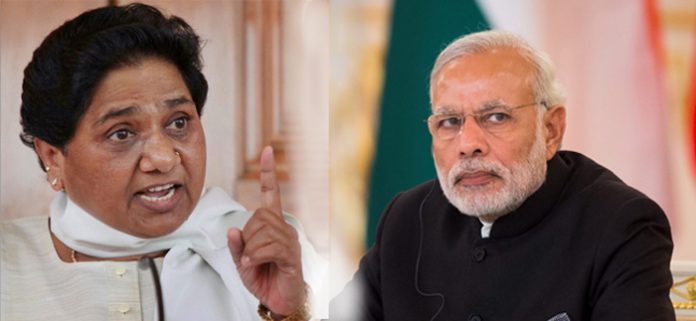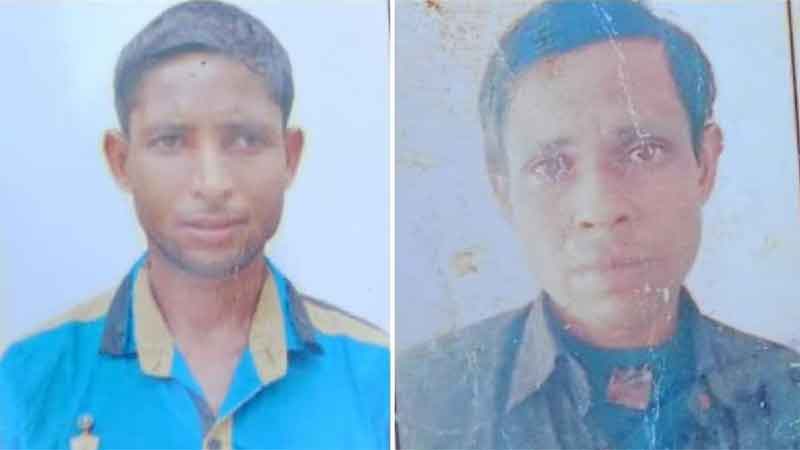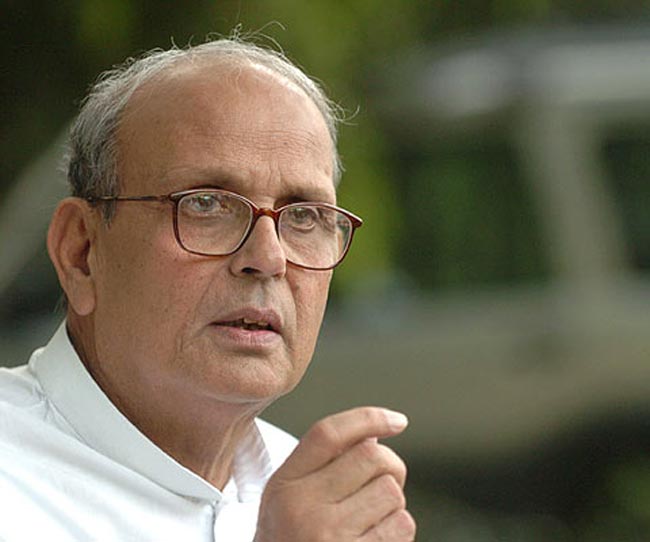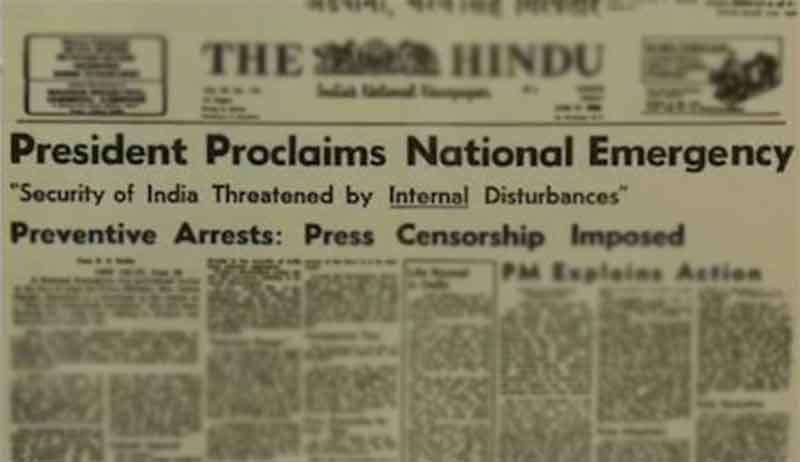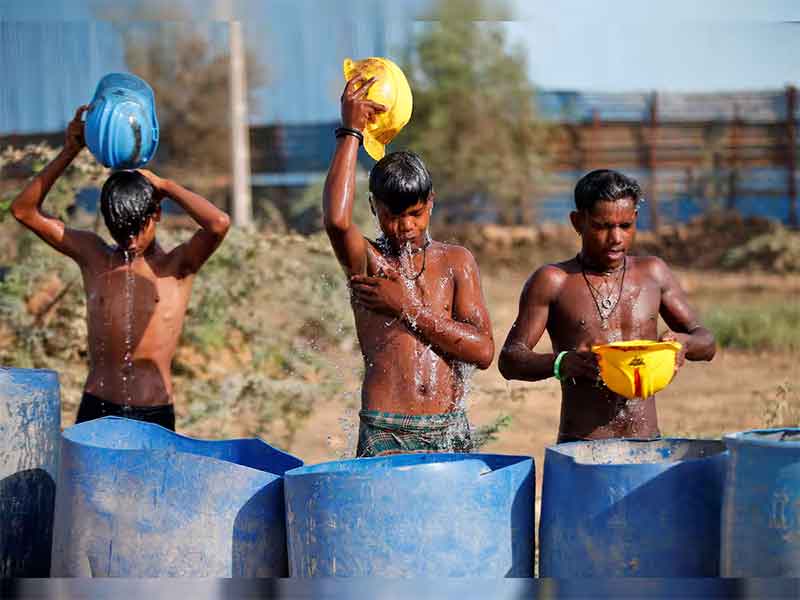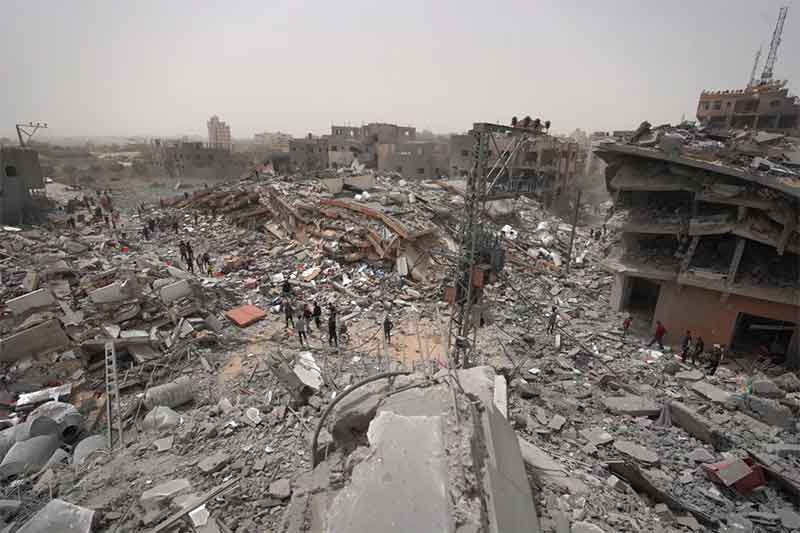
One of the most discussed development initiatives of recent times in India relates to the Jal Jeevan Mission’s efforts to take water to all rural homes in India. Getting water at home by merely tweaking a tap has been a dream for millions of rural households, particularly so for women who share most of the burden for arranging a family’s water supply. In times of water scarcity, which is acute during the summer season but is not necessarily confined only to this, somehow arranging the minimum water supply becomes the most important priority for millions of households and men as well as children join the women to somehow meet this most essential need of life. Some women told this writer that even when returning from homes of relatives to their own village, their first thought would be to bring enough water from some source before thinking of taking any rest.
So it is only to be expected that the government’s plans to take water to all homes would be greeted enthusiastically by people. However it is a huge task given the rural population of around 900 million people or about 180 million households, and it would be difficult to avoid problems and unmet expectations of many people, particularly at an early stage of the program. These are sought to be reduced as much as possible by involving people’s representatives through village-level water committees in the monitoring of the efforts so that corrections can be made at an early stage. In addition several voluntary organizations are also involved in such efforts and for securing the mobilization of communities to extend their cooperation in the implementation of this important development initiative.
Recently this writer visited four villages of Niwari district (the name of the block is also Niwari) in Madhya Pradesh to understand the various achievements, problems and challenges of this program. As this visit was at the height of the heat wave conditions in early June, hopefully the water situation would improve with the passing of this extreme weather, a hope expressed also by several people.
In Bahera village, water has reached almost all households but about 12 per cent are still left out. There are problems in lifting water to the more elevated and hilly parts of the village which also include a school. Meanwhile water supply from two wells near the school has been adversely impacted during the heat wave, leading to frantic efforts by teachers to tap alternative sources. Fortunately this was summer vacation time in the school but some students had still come for a ‘summer camp’.
Water in taps has been coming for half hour every day. In heat wave conditions this water has been very hot. So many households are still bringing drinking water from wells and hand pumps while using the pipeline/tap water for other purposes. They expressed the hope that after some time the pipeline supplied water will not be so hot.
All households have been told to pay the monthly charge of Rs. 100 per month but less than a third have paid so far. A jal saheli, activist for water and sanitation, stated that she has been trying to explain to people the need for paying this in time, or else this will accumulate and then it will be difficult to make a bigger payment. She said that the charge is not high and all except the poorest can pay this and should pay this. She added that the utilization of toilets improves with the availability of pipelines water.
This village has five water activist jal sahelis linked to Parmarth voluntary organization and they have been making an important contributions to water and sanitation efforts in the village.
In the second village Naamapura tap water has reached most villages but it has not yet reached the hilly part of the village where some of the poorer people stay. Efforts to take water there are being made.
Two families including ironically the family of a jal saheli stated that the pipeline has left out their homes. They said this was probably because their homes were a little out of the way for the pipeline being laid by the contractor and he did not want to incur the extra expense. He asked them to extend the pipeline to their home on their own but they did not have the resources for this, they said, and therefore they got left out.
However the biggest problem of Naamapura village is that the water being supplied through pipelines is not clean and therefore no one in the village is using it for drinking it just now, the villagers said. They are planning to go in a group to the water tank manager in a different village to find out why and how unclean drinking water has been supplied in their pipelines.
This is all the more unjust to the people of this village as the traditional wells and water sources of this village are contaminated in such a way as to cause the problem of kidney stones. People said that nearly six surgeries relating to this health problem have already taken place in this small village and two persons have been in hospital very recently. However the number of people suffering from this problem to various extent are many more. Hence this village should get immediate relief in terms of the supply of clean and uncontaminated drinking water.
At a group meeting in a bigger village Churara some people suggested that you should inquire about the situation of different settlements or mohallas separately as the situation in different mohallas can be very different. As the people here informed, the situation in the dalit, adivasi and kushwaha mohallas (relatively weaker sections) regarding pipeline water supply is poor while in the Yadav mohalla this is better. An influential person from kushwaha mohalla said that he and some others have taken down the taps to return as waterless taps are useless. However an activist of Parmarth tried to convince him not to take such hasty action as later the water supply is likely to improve and then he and his friends will regret why they returned the taps.
In the case of those families who are getting water in their taps some of them said that water supply is not very regular and water does not come every day. They said it is too hot for drinking and must be kept in pitchers for some time before it is fit for drinking.
The last village I visited is situated close to the famous historic fort of Garh Kundar. This is Sendhri village. Here the pipeline has not yet reached two dalit mohallas. In other mohallas where water has started reaching homes, it is not supplied every day and there is no regularity regarding at what time this will be supplied. The situation is more difficult in adivasi (Sahariya) mohalla and Sai Baba mohalla as the water table here has declined more and so any shortfall in pipelines water cannot be made up by other sources. In other mohallas where the supply from bore wells is assured, people do not worry much if the supply from pipelines is not so regular as their needs are being met anyway. A water conservation effort by Parmarth relating to repair of check dams is appreciated here. However the traditional wells in the village are in rapid decline. The villagers said that in the past there were many traditional wells in the village but with the emergence of new sources these were neglected or closed.
However people in various villages expressed the hope that with the ending of heat wave conditions the water situation will improve in various ways.
Bharat Dogra is Honorary Convener, Campaign to Save Earth Now. His recent books include Protecting Earth for Children, When the Two Streams Met and India’s Quest for Sustainable Farming and Healthy Food.





